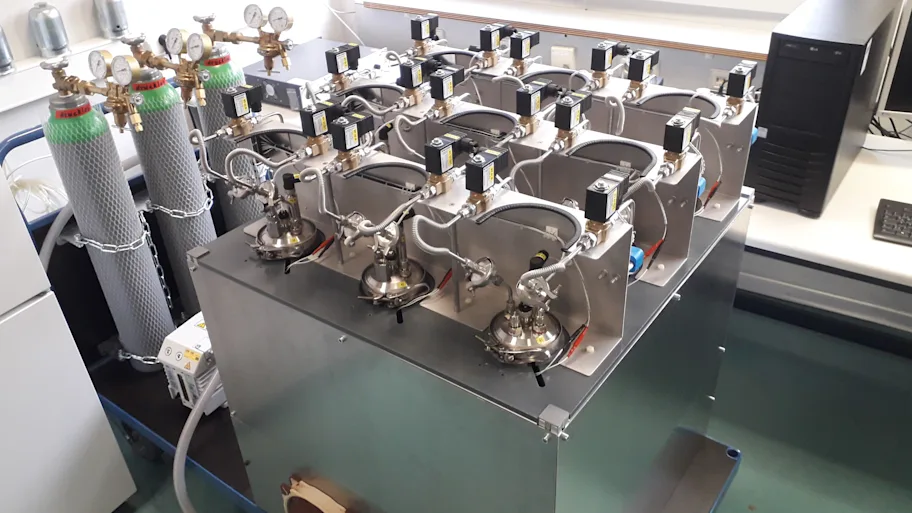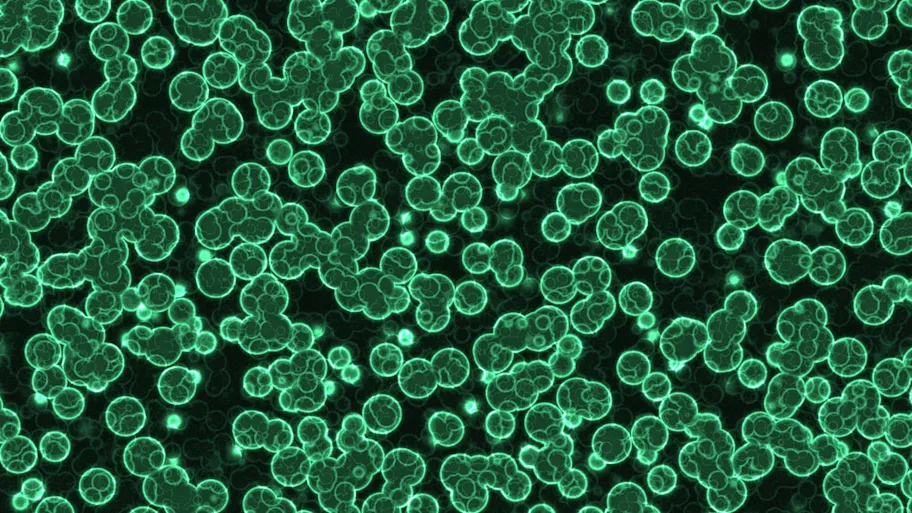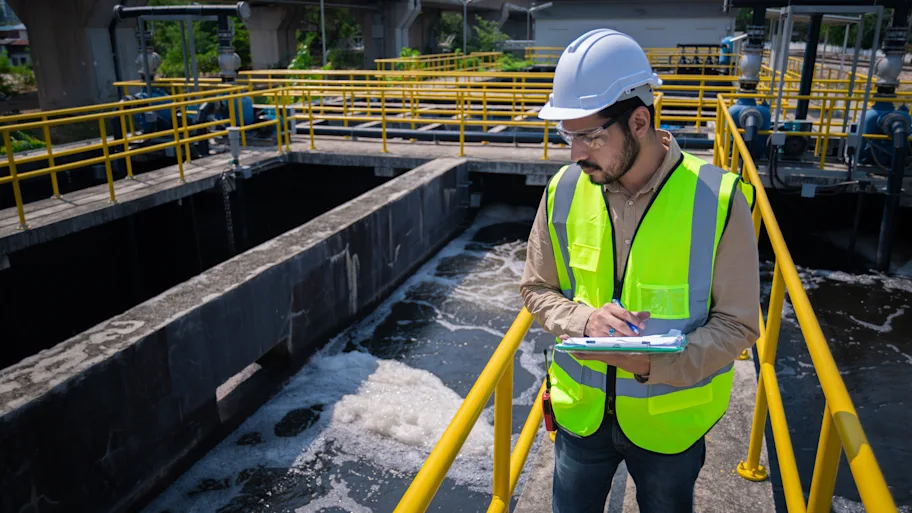
- Science News
- Featured news
- Altering how cyanobacteria capture light from the Sun can impact their health
Altering how cyanobacteria capture light from the Sun can impact their health

Mats of colored cyanobacteria at Yellowstone National Park.
Researchers have identified a gene mutation in cyanobacteria that creates resistance to free radicals, and could be used to accelerate cell growth in biotech applications
— by MSU-DOE Plant Research Laboratory
Scientists have delved further into how cyanobacteria, one of the planet’s most abundant organisms, manage how they capture light to do expand photosynthesis.
At the center of it all are proteins called phycobilisomes (PBS). PBS are antennae that safely capture light waves from the sun and fuel the process of photosynthesis.
A new study from the MSU-DOE Plant Research Laboratory examines how various ways of affecting PBS can lead to different responses – whether the cyanobacteria remain content or become stressed. The responses depend on the species of cyanobacteria and the nature of the modification. The study is published in Frontiers in Microbiology.
Roles of CpcF and CpcG1 in Peroxiredoxin-Mediated Oxidative Stress Responses and Cellular Fitness in the Cyanobacterium Synechocystis sp. PCC 6803► Read original article► Download original article (pdf)
To be or not to be… content
Light capture works like this:
1. PBS capture light: PBS make pigments that match the light waves in a specific environment
2. Light damage: if PBS pigments can’t match the surroundings, expand reactive oxygen species (ROS) build up, which is damaging for cells. (It is what causes ageing in human cells).
3. Damage control: a protective protein, called expand OCP, attaches to PBS to slow light capture. OCP also scavenges ROS.
Related: Purple bacteria ‘batteries’ turn sewage into clean energy
Beronda Montgomery, MSU Foundation Professor and study co-author, says, “In a previous study, we mutated a cyanobacterium to have smaller PBS. As a result, the number of protective OCP proteins went down. It makes sense. With little to no PBS, the cell doesn’t need to spend energy on protection.”
The goal here was to see if this reaction applies across cyanobacteria species. The previous study focused on Fremyella, a multicellular organism. This one used Synechocystis, a simpler uni-cellular organism.
“As in the previous study, we knocked out the gene, cpcF, resulting in a reduction in PBS function. In this case, we also knocked out another gene, called cpcG1, for comparison purposes.” Montgomery says.
Both mutations reduce PBS function, but differently. Removing CpcF dismantles the PBS such that some function remains.Removing CpcG1 is like cleaving off PBS cleanly from a cell, which is easier for the cell to endure.
The big conclusion is, how PBS are removed affects whether a cell is content or becomes stressed:
| CpcF | CpcG1 |
PBS levels | Lower | Lower |
ROS levels | Higher | Unchanged |
OCP levels | Higher | Higher |
Stressed cell? | Yes | No |
Also, disrupting PBS leads to an increase in the levels of OCP in Synechocystis. This is the opposite of the reaction from the previous study.
“This result could be explained by the fact that different cyanobacteria evolved to live in distinct environments. They also have different complements of OCP-related genes which lead to different responses and ability to resist stress,” Montgomery says.
cpcG1 is promising for biotech
Additional testing shows the cpcF mutants are stressed, by default. They resort to various protective mechanisms, in addition to the OCP protein.
“However, the cpcG1 mutant is resistant to oxidative stress, which opens up potential uses in biotech,” Montgomery says. “ROS slows down cell growth, which isn’t good for mass producing biotech products. Being able to resist oxidative stress and limit ROS accumulation could solve some of these productivity problems.”
“What I do like about this study is that we start out with a basic question – comparing cyanobacteria species – and end up thinking about biotech applications we didn’t set out looking for!”
Original article: Roles of CpcF and CpcG1 in Peroxiredoxin-Mediated Oxidative Stress Responses and Cellular Fitness in the Cyanobacterium Synechocystis sp. PCC 6803
REPUBLISHING GUIDELINES: Open access and sharing research is part of Frontiers’ mission. Unless otherwise noted, you can republish articles posted in the Frontiers news blog — as long as you include a link back to the original research. Selling the articles is not allowed.






